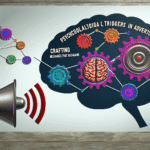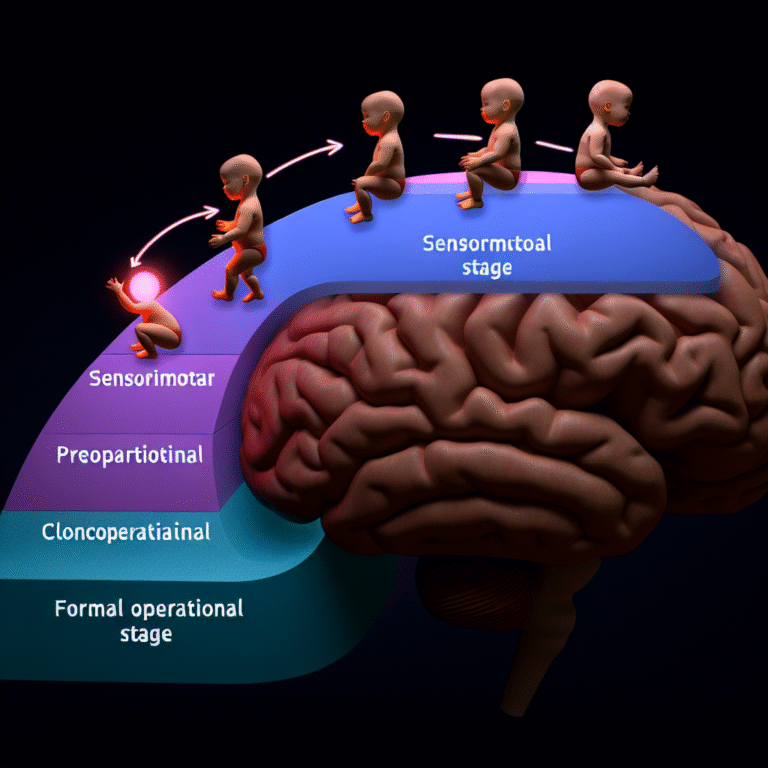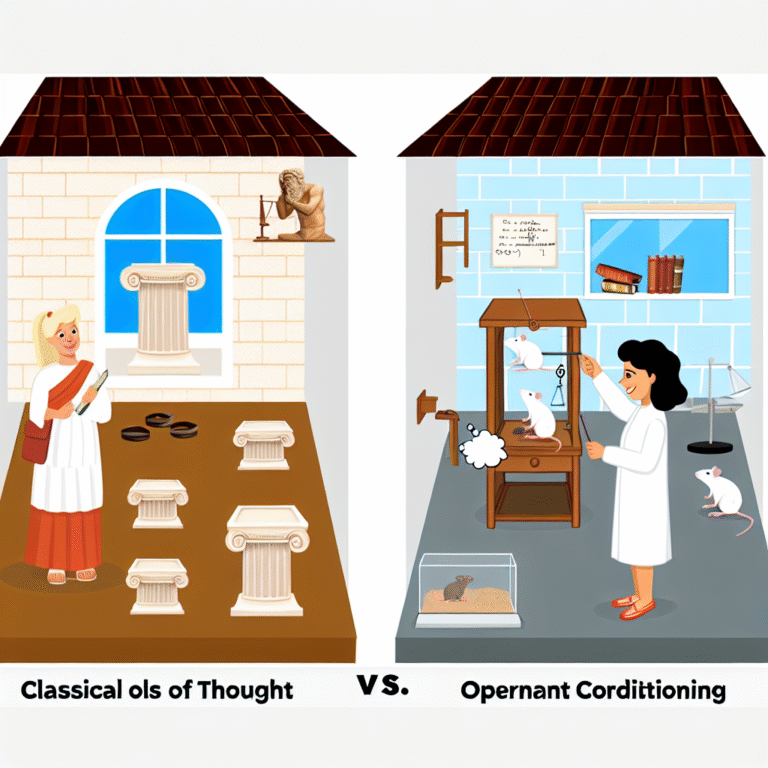
The Science Behind Maslow’s Hierarchy: Psychology Meets Everyday Life
Introduction
Have you ever wondered what drives your choices and shapes your aspirations? Why do you prioritize certain needs over others? Understanding The Science Behind Maslow’s Hierarchy: Psychology Meets Everyday Life provides a compelling lens through which we can explore these questions. Abraham Maslow’s groundbreaking theory has evolved from a mere psychological model to an essential aspect of our everyday existence, influencing everything from personal growth to corporate culture. Let’s dive in to uncover the relevance of this hierarchy in a world increasingly dominated by complexity and need.
Understanding Maslow’s Hierarchy of Needs
Maslow’s Hierarchy of Needs is structured as a pyramid, representing five levels of human needs:
- Physiological Needs: The foundation, encompassing basic requirements such as air, water, food, and shelter.
- Safety Needs: The second tier, focusing on personal security, health, and financial stability.
- Love and Belonging: The middle level, emphasizing the importance of social connections, friendships, and intimacy.
- Esteem Needs: This involves self-esteem, recognition, and a sense of achievement.
- Self-Actualization: The pinnacle, where individuals realize their full potential and engage in personal growth.
The essence of The Science Behind Maslow’s Hierarchy: Psychology Meets Everyday Life lies in recognizing that these needs aren’t universally satisfied at the same time; rather, they act as a roadmap for human motivation.
Case Study: Modern Workplace Dynamics
Consider a typical corporate environment. According to a Gallup study, organizations that meet employee needs across Maslow’s hierarchy see higher productivity and job satisfaction. Employees who feel safe and valued are more likely to contribute creatively. For example, Google’s famous 20% policy, which allows employees to spend one day a week on projects of their choice, exemplifies the application of self-actualization needs.
Table: Maslow’s Hierarchy Applied in the Workplace
| Level | Workplace Example |
|---|---|
| Physiological Needs | Ensuring breaks with food and hydration available onsite |
| Safety Needs | Providing health insurance and job security |
| Love and Belonging | Fostering team-building activities and social events |
| Esteem Needs | Recognizing employee achievements through awards and praise |
| Self-Actualization | Encouraging professional development and innovation projects |
The Science of Motivation
The Role of Neuroscience
Recent scientific studies have pointed to the brain’s reward pathways being directly linked to Maslow’s model. Neurotransmitters such as dopamine are activated when we meet specific needs. For instance, when an individual achieves recognition (esteem needs), the brain rewards them with pleasure, reinforcing the behavior.
Practical Applications in Everyday Life
Understanding The Science Behind Maslow’s Hierarchy: Psychology Meets Everyday Life can help in decision-making. Are you feeling unfulfilled? It might be time to reflect on which needs are being neglected. For example, a lack of social connection may hinder your esteem needs, leading to feelings of inadequacy.
Real-Life Scenario: The Impact on Mental Health
Studies suggest that unmet needs in lower tiers can lead to anxiety and depression. In the healthcare sector, practitioners are increasingly applying Maslow’s hierarchy in patient care to promote holistic healing. By addressing physiological and safety needs, healthcare providers can enhance a patient’s sense of well-being, leading to improved health outcomes.
Beyond the Basics: Cultural Considerations
Maslow’s theory is often viewed through a Western lens. However, cultures prioritize different needs based on societal norms. For instance, collectivist cultures may prioritize belonging over individual achievements. This variation is critical in understanding The Science Behind Maslow’s Hierarchy: Psychology Meets Everyday Life, especially in global contexts.
Case Study: Global Brands
Companies like Unilever and Coca-Cola are tapping into these cultural differences to establish their brands in various markets. By aligning their marketing strategies with local cultural values, they effectively cater to the community’s hierarchy of needs.
The Dynamic Nature of Needs
Lifecycle Perspective
As individuals move through life, their needs shift. Young adults may prioritize love and belonging, while older adults might focus more on esteem and self-actualization. This dynamism illustrates the flexibility of Maslow’s pyramid.
Chart: Changes in Focus Over a Lifetime
| Age Group | Primary Focus of Needs |
|---|---|
| 18-25 | Love and Belonging |
| 26-40 | Esteem |
| 41-60 | Self-Actualization and Esteem |
| 60+ | Reflection on Life and Fulfillment |
Overcoming Barriers to Fulfillment
Environmental Challenges
In today’s fast-paced world, many face barriers to fulfilling their hierarchy of needs. Economic instability, global crises, and mental health issues can hinder progress.
Practical Strategies
- Set Realistic Goals: Begin with small, attainable objectives related to each need.
- Build a Support Network: Engage with community and relationships that nurture your belonging needs.
- Invest in Mental Wellness: Prioritize self-care to address physiological and safety needs holistically.
Conclusion
The journey through Maslow’s hierarchy is not a straight line; it’s a complex interplay between our needs and experiences. By understanding The Science Behind Maslow’s Hierarchy: Psychology Meets Everyday Life, we equip ourselves with the knowledge to navigate personal and professional landscapes with intention and purpose.
Motivational Takeaway
Recognize that your needs matter. Take proactive steps today to address what is lacking in your life. Seek fulfillment, connection, and self-actualization—it’s not just a theoretical concept but a pathway to living your best life.
FAQs
1. What are the five levels of Maslow’s hierarchy?
The five levels are: Physiological Needs, Safety Needs, Love and Belonging, Esteem Needs, and Self-Actualization.
2. How does Maslow’s theory apply to everyday life?
It helps individuals identify and prioritize their needs, improving personal fulfillment and decision-making.
3. Can Maslow’s hierarchy change over time?
Yes, as life circumstances change, so can the focus on different levels of needs.
4. Is Maslow’s hierarchy universal?
While it offers a framework, cultural factors can influence how needs are prioritized.
5. How can I apply this in my workplace?
Identify employees’ needs across the hierarchy to build a supportive environment, enhancing joy and productivity.
Embrace the insights of The Science Behind Maslow’s Hierarchy: Psychology Meets Everyday Life and start taking actionable steps towards your fulfilled life today!
















